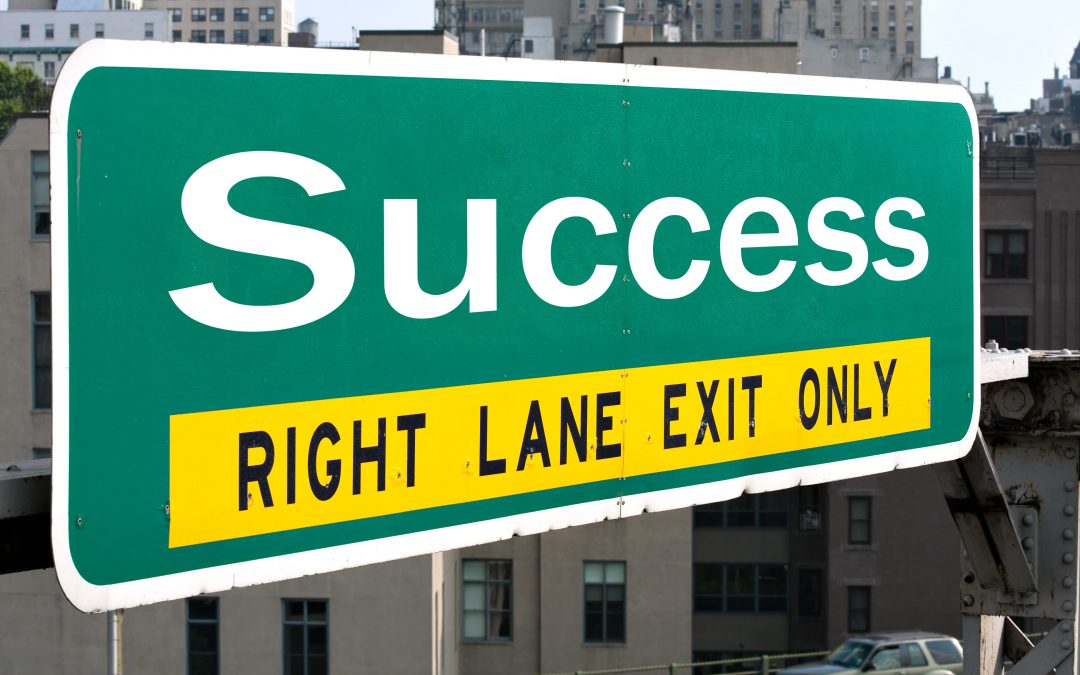
by Kim Loomis | Jan 29, 2018 | Blended Learning
Changes to school and district-wide systems are needed to foster blended personalized models. As teachers gain expertise through blended rotational models, they become better prepared to implement a more disruptive model of blended personalized learning. The implementation of such will occur on a continuum for each teacher, classroom, and school. All are at a different starting point and potentially a different ending point. It’s important to create precise messaging and scaffolded steps to guide teachers, classrooms, and schools along their journey. The phases below are aligned to the design thinking process of: understand – explore – materialize. It’s through this scaffolded process by beginning small, going slow – so later you can go fast, that leaders can support the growth and success of blended personalized learning. Exploration – This initial phase prepares districts, schools, and teachers to think through their readiness. Start by conducting an internal evaluation and resource mining. Planning – Once you have gathered information and current resources on hand, it’s time to strategize. Look closely at resource allocations and set goals. Preparation – Develop internal resources and support systems to sustain a pilot through implementation. Consider policies, staff training, and marketing. Implementation – Pilot. The idea here is to start small, prove success, and grow on that success. Support, Engage, and Track – Track and troubleshoot pilot implementations to gain on-the-ground insight. Allow others to see what is possible. Gather data, create feedback loops, and share successes. Reflection, Calibration, and Resetting – Analyze outcomes from the pilot against intended goals. Make recommendations for the next iteration. Grow upon success – in small steps. Bring on another...



Recent Comments